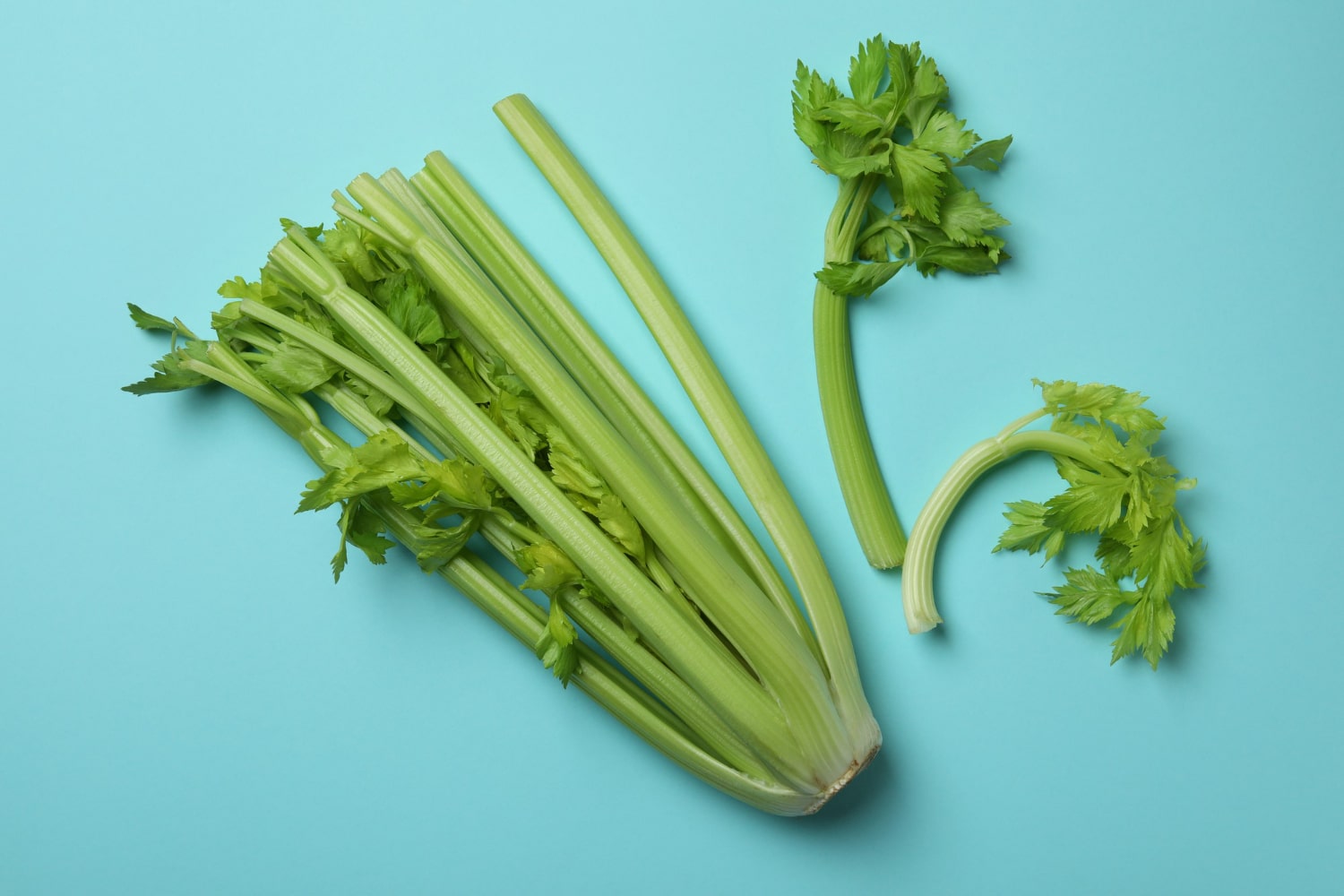Celery is not just a garnish for meals or a salad ingredient, but a true source of remarkable properties and cultural history. This plant has been known since ancient civilizations and continues to attract the attention of dietitians, chefs, and scientists alike. You may not know that celery contains unique chemical compounds that can affect the human body in various ways. Around the world, there are many fascinating and surprising facts about this everyday vegetable that can change the way you see it. Below is a selection of the most interesting and lesser-known facts about celery.
- Celery was already known in ancient Egypt, where it was used not only as food but also as a decoration for tombs. Archaeologists have discovered celery stalks in pharaohs’ graves, suggesting its sacred significance.
- In ancient Greece, celery was seen as a symbol of death and was used in funeral wreaths, yet it also represented victory. Winners of the Nemean Games were crowned with wreaths made from celery.
- Celery is extremely low in calories, which is why it is often called a negative-calorie food. This means the body expends more energy digesting it than it gains from consuming it.
- One of the most interesting properties of celery is its ability to lower blood pressure. It contains phthalides, which help relax blood vessels and improve circulation.
- Celery is a natural diuretic, which means it helps the body eliminate excess fluids. For this reason, it is often included in detox and anti-swelling diets.
- In folk medicine, celery has long been used as a remedy to boost male potency. It is believed to stimulate the production of pheromones due to its content of androstenone.
- This plant is rich in vitamin K, which is essential for blood clotting and bone health. One hundred grams of celery provides over 30 percent of the daily requirement for this vitamin.
- Celery is also a source of antioxidants, especially apigenin, which has powerful anti-inflammatory properties. Studies show that apigenin may slow the growth of cancer cells.
- Despite its strong flavor, celery can neutralize garlic odor in the mouth. Chewing a few stalks after a meal with garlic significantly reduces unpleasant breath.
- In the 19th century, celery was so popular in Europe that luxury restaurants served it as a main dish. Some cookbooks from that time devoted entire chapters to celery recipes.
- Celery juice has become very popular among health enthusiasts. Regular consumption is believed to improve skin condition, support digestion, and reduce cholesterol levels.
- Celery seeds are used as a culinary spice. They have a strong aroma and are commonly found in spice blends such as celery salt and curry.
- In modern agriculture, celery is a demanding crop. It requires a lot of moisture, tolerates cold well, but is sensitive to high temperatures.
- Celery belongs to the Apiaceae family, like carrots, dill, and parsley. These plants share similar biological features and aromas due to their chemical composition.
- There are several types of celery, including leaf celery, stalk celery, and celeriac. Each has its own culinary uses and is popular in different cuisines around the world.
- In Italy, celery is an essential ingredient in the classic soffritto base used for sauces, along with carrots and onions. This combination creates a perfect balance of sweet, bitter, and aromatic flavors.
- In the United States, National Celery Day is celebrated on October 19. The day promotes healthy eating and the role of celery in a balanced diet.
- In France, celery was traditionally considered an aphrodisiac. Its aroma and taste were thought to awaken the senses and enhance romantic moods.
- An unusual fact is that celery can absorb heavy metals from the soil. Because of this, it is sometimes used in phytoremediation, although such celery is not safe for consumption.
- Celeriac, or celery root, is used in soups, purees, casseroles, and even as a potato substitute. It has a distinct flavor and soft texture when cooked.
- Eating celery benefits eye health due to its content of vitamin A and lutein. These nutrients help maintain sharp vision and protect the retina from age-related degeneration.
- Some people are allergic to celery, particularly those who also have pollen allergies. In the European Union, celery is among the ingredients that must be clearly labeled on food packaging due to allergy risks.
- Celery is considered one of the best foods for liver detoxification. It promotes bile production and helps eliminate toxins from the body.
- Scientific research suggests that celery may reduce inflammation in people with arthritis. The plant’s phytonutrients can alleviate pain and improve joint mobility.
- Celery juice is often used as a tonic in skincare routines. It is added to face masks and creams for oily skin due to its antiseptic and soothing effects.
- In Chinese medicine, celery is considered a cooling food that reduces internal heat. It is prescribed for high blood pressure, fever, and inflammatory conditions.
- Celery stalks can remain crisp in the refrigerator for up to two weeks if wrapped in foil. This method extends freshness and preserves flavor.
- Celery is commonly included in detox drinks along with lemon, cucumber, and ginger. This combination helps with hydration and supports weight loss.
- Even the scent of fresh celery has a calming effect on the nervous system. Aromatherapists sometimes use celery essential oil to reduce stress and anxiety.
These fascinating facts about celery show how versatile and valuable this seemingly ordinary vegetable can be. From ancient symbolism to modern medicine, celery continues to play a role in various areas of life. You may not have realized that this plant can influence not only your plate but also your health, well-being, and mood. We hope these interesting facts helped you see celery from a new perspective.





